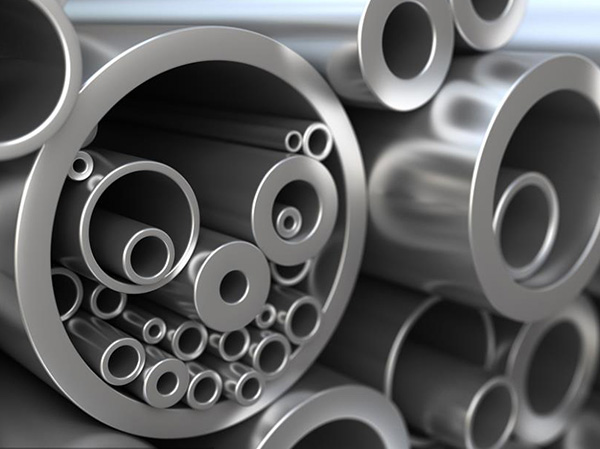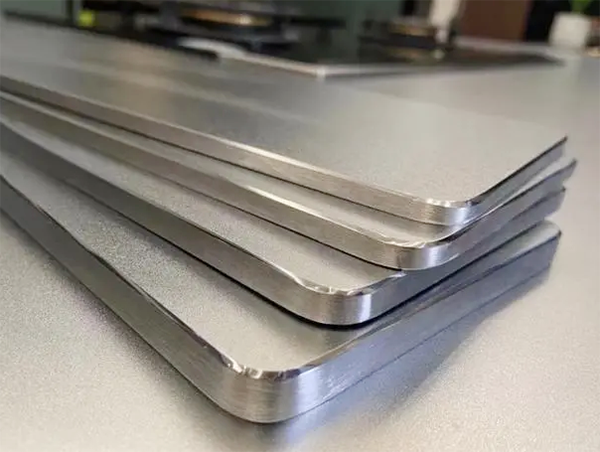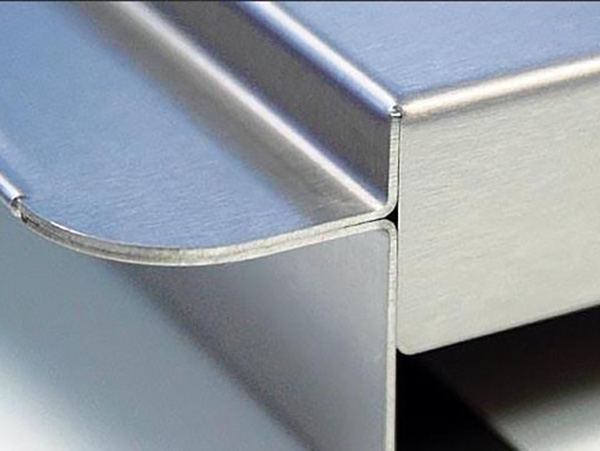
Causes And Solutions For Stainless Steel
Processing Deformation
Causes Of Stainless Steel Processing
Deformation
Ø Influence of material properties
Stainless steel material has high strength and hardness. At the same time, its elongation and plasticity are low, and it is easily affected by processing forces and deforms.
Ø Improper operation of processing technology
During the processing, if you do not understand the processing technology or operate it improperly, it will easily lead to stainless steel processing deformation. For example, factors such as unreasonable cutting angles during processing and excessive cutting force during cutting will affect the accuracy and stability of the shape of the workpiece.
Ø Influence of external environment
When processing stainless steel, it is necessary to control external environmental factors such as temperature, humidity, and air flow. The influence of the external environment on the material can also cause stainless steel processing deformation.
Solutions for stainless steel processing
deformation
Ø Choose the appropriate processing technology
When processing stainless steel, appropriate processing technology should be selected, and tools and parameters should be selected reasonably. And use appropriate cutting angles and cutting speeds, control the processing direction and pressure, and coordinate the processes reasonably to avoid processing deformations caused by different processes.
Ø Improve the accuracy of processing equipment
Improving the accuracy of processing equipment has a vital impact on the stability of stainless steel processing. It is necessary to ensure that the accuracy of the processing equipment is stable, the equipment has high rigidity, and the cutting edge is burr-free.
Ø Adjust processing temperature, humidity, air flow and other factors
During the processing process, it is necessary to control the temperature of the processing site, control the air flow, and control the humidity of the processing site. These factors will also affect the processing stability. Different materials of stainless steel require different temperature and humidity control.
Deformation Repair After Processing
If unfortunately machining deformation occurs, the following methods can be used to repair it:
w Use heat treatment method for repair:
heat treat severely deformed workpieces to restore them to their original
shape. However, heat treatment methods are not suitable for all types of
stainless steel.
w Use mechanical methods to repair: To
repair deformed workpieces, use various manual or automatic mechanical
processing repair methods to gradually restore the original shape of the
workpieces.
What To Do If 304 Stainless Steel Pipe
Deforms During Production?
304 stainless steel pipes have a wide range of
applications and are produced in large quantities. However, some inferior
products may appear during production, and some may even be deformed. Today we
will talk about how to solve these problems.
v Identify the Cause: Determine the root
cause of the deformation. Possible causes could include improper handling,
incorrect manufacturing processes, inadequate material quality, or excessive
stress during production.
v Adjust Production Parameters: Review the
production parameters such as temperature, pressure, speed, and tooling to
ensure they are within the appropriate range for working with stainless steel.
v Quality Control Checks: Implement
rigorous quality control measures at every stage of production to detect any
deviations from the required specifications early on. This can include visual
inspections, dimensional measurements, and non-destructive testing methods like
ultrasonic testing.
v Heat Treatment: The heat treatment
method is also called flame correction. Some steels are heated at flame
temperature and some new deformations will occur when cooled, eliminating old
deformations and achieving the purpose of correction. Accurate selection of
heating direction, temperature and cooling time allows for excellent
calibration. The higher the heating temperature, the stronger the correction,
and the lower the heating temperature, the temperature that must be controlled
by gas torch heating is usually higher, and the temperature must not exceed
600-800°C to 900°C. Depending on the nature of the deformation, heat treatment
may be applied to the stainless steel pipe to relieve internal stresses and
restore its shape. This process involves heating the steel to a specific
temperature and then cooling it slowly to achieve the desired properties.
v Cold Working: The cold working method
(also known as mechanical calibration) is to use mechanical deformation to
correct the effect of welding deformation. It is usually used for small
deformation or small deformation welding. If the deformation is minor, cold
working techniques such as cold rolling or cold drawing may be employed to
reshape the stainless steel pipe without the need for heat treatment. Cold
working can help improve the material's strength and dimensional accuracy. Cold
working methods are not suitable for highly brittle steels.
v Reforming or Straightening: Utilize
specialized equipment such as hydraulic presses or rollers to reform or
straighten the deformed sections of the pipe. Care must be taken to ensure that
the process does not introduce further defects or compromise the integrity of
the material.
v Material Analysis: Conduct material
analysis to determine if there are any issues with the composition or
metallurgical structure of the stainless steel. This information can help
identify any inherent weaknesses that may have contributed to the deformation.
v Process Optimization: Continuously
evaluate and optimize the production processes to prevent similar issues from
occurring in the future. This may involve refining manufacturing techniques,
upgrading equipment, or implementing additional training for personnel.
v Consultation with Experts: If the deformation issue persists or if it is particularly complex, consider seeking advice from metallurgical engineers or other experts with specialized knowledge in stainless steel production.
By systematically addressing the root cause of the
deformation and implementing appropriate corrective measures, it is possible to minimize production disruptions and ensure the quality.
If you meet more problems on processing stainless steel products, pls feel free to contact us at any time.






